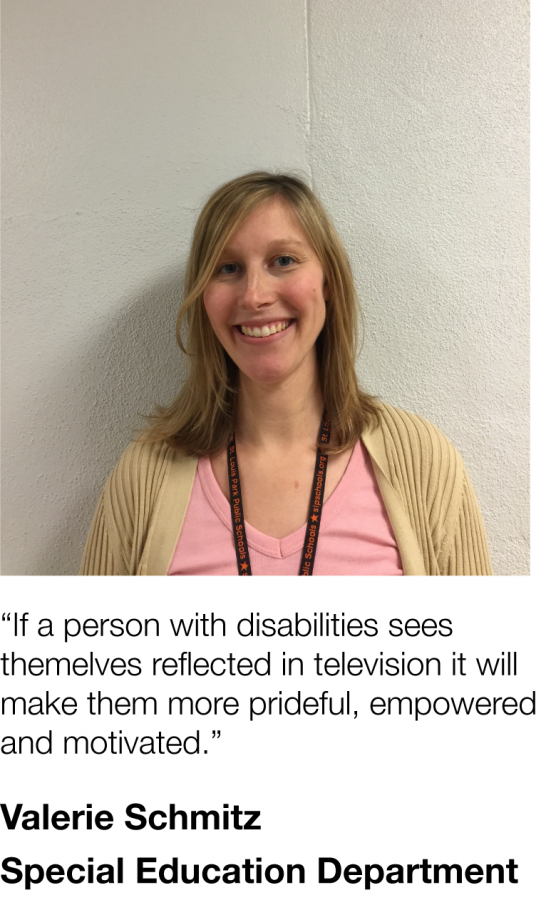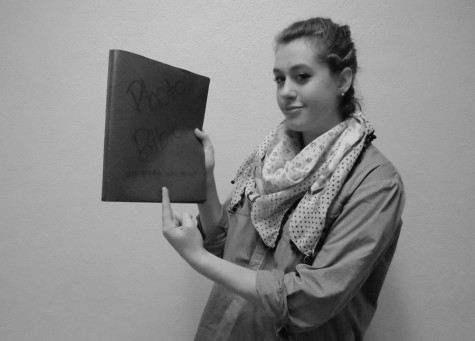A Showcase of New Talent
There is a continued lack of people who have a disability in movies
November 13, 2014
Fifty-six million Americans have a disability, according to the United States Census Bureau.
Ken Howard is the president of the Screen Actors Guild (SAG), a labor union representing people in performing businesses. On SAG’s website, Howard said the diverse and multicultural world we live in today is still not accurately reflected in the portrayals we see on screen.
For example, comedian Maysoon Zayid has cerebral palsy. It became obvious to her that in the United States, a chick with disabilities was never going to get a job.
“If a wheelchair user can’t play Beyonce, then Beyonce can’t play a wheelchair user,” Zayid said in a speech she gave Dec. 5 at the TED Convention for Women.
It’s extremely rare to find actors with actual handicaps starring in movies or in TV shows. In the hit TV show Glee, Artie, a character who uses a wheelchair, is played by an able-bodied actor. I’d like to think they could have found a handicapped actor who could have done as good of a job.
Breaking Bad’s Walter White Jr. has cerebral palsy, and so does RJ Mitte, the actor who plays this character in the show. Mitte is a rarity in a Hollywood that is focused on fame, normality and beauty.
According to Breaking Bad’s executive producer Mark Johnson, if directors are choosing between an amateur actor with a disability and a talented able-bodied actor who has experienced acting first hand, the role will usually go to the able-bodied actor.
In the end, it comes down to who is “box office bait” and the fact that directors would pick popularity over authenticity. The shame of this is that there is amazing untapped talent that doesn’t get a chance to be showcased.
Partnership Resources, Inc., located in St. Louis Park, provides day services and job training to adults with developmental disabilities. For the past three years, they have produced annual theater productions ranging from Charlie and the Chocolate Factory to Hairspray.
According to Annie Kroshus, who helped create the company’s production of Hairspray, these people with disabilities are proud of their accomplishments and their abilities showcased on the stage. This grassroots corporation is bringing more attention to people with disabilities than Hollywood ever has.
Our screens and stages should mirror the society in which we live in today. Therefore, our industry has a responsibility to the viewing public to accurately reflect what we see on our streets and in our communities.
Despite being the largest minority group in the country, people with disabilities remain virtually invisible in entertainment media. This is shameful.





